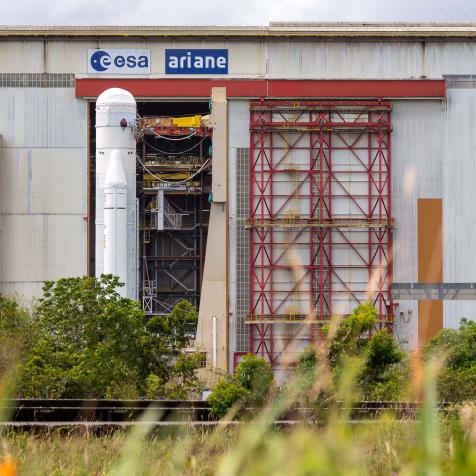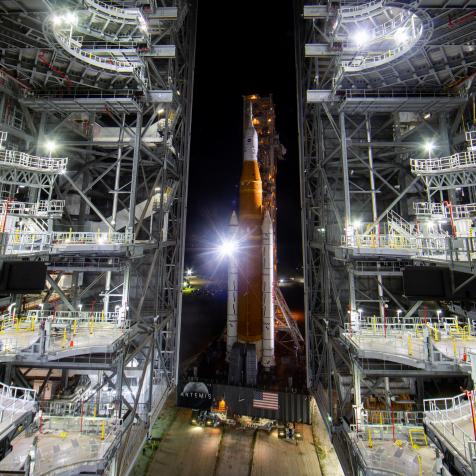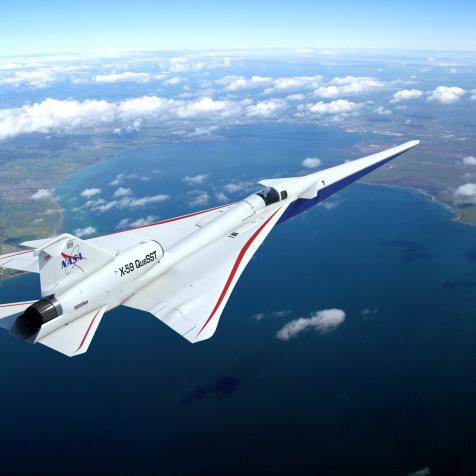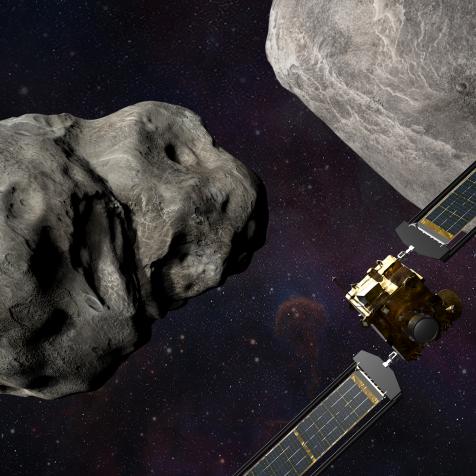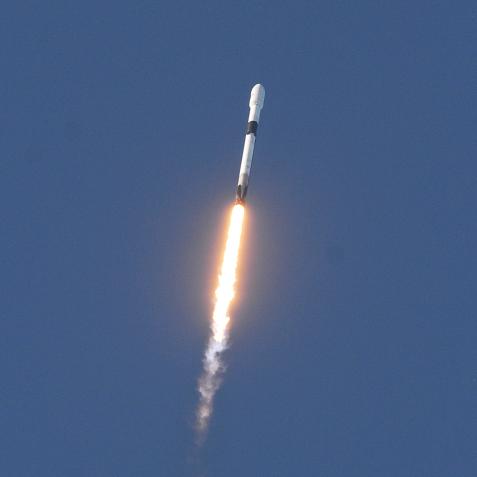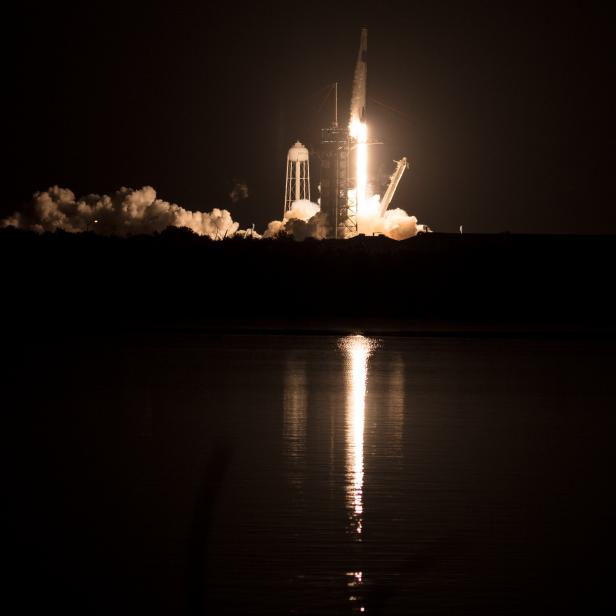
NASA/Joel Kowsky
NASA SpaceX Crew-1, We Have Liftoff!
(Updated: November 16, 2020)
After multiple delays, the NASA SpaceX Crew-1 Mission launched on Sunday, November 15th at 7:27P ET. This historic milestone marks the first operational mission of SpaceX’s Crew Dragon with four astronauts and kicks off the gateway to the second golden age of space exploration. Here's everything that happened on launch day.
The four astronauts (NASA astronauts Michael Hopkins, Shannon Walker, and Victor Glover, along with Soichi Noguchi of the Japan Aerospace Exploration Agency) of the Resilience capsule launched in a brand-new Crew Dragon spacecraft from Launch Complex 39A at NASA’s Kennedy Space Center. And throughout the day, NASA and SpaceX teams kept a close eye on weather conditions for liftoff, which was 50% "go" for launch. Luckily, the weather stayed favorable for the evening launch.
The timeline of launch day started out a little bit ahead of schedule and had some curveballs with the pandemic, pending weather conditions, and a leak scare. But in the end, launch was a "go" and it was, "All for one, and Crew-1 for all." Here's the rundown of the day's events.
The crew suited-up for launch.
The walkout: the crew waved to family and headed to the Launch Pad 39A.
During the hatch closure, there was a slight set back related to the pressurization in the capsule due to foriegn object debris (FOD). But the issue was resolved and another leak check was performed to keep us moving forward with launch.
Fueling of Falcon 9 began and Americans across the country got excited for the countdown to launch just ahead.
And then... Crew-1, we have LIFTOFF!
Congrats to NASA and SpaceX on the successful Crew-1 launch! Hopkins, Glover, Walker, and Noguchi will be aboard the space station (ISS) for six months. Docking with the ISS is targeted for 27 hours from launch.
On November 16 at 11:01P ET, the Crew Dragon docked with the International Space Station.
See photos of the complete Crew-1 journey including preparations, launch, and docking to the International Space Station.
More on the Crew-1 Mission
Journey to the ISS: NASA's SpaceX Crew-1 Mission 14 Photos
(Updated: November 16, 2020) From launch preparation on land to docking with the ISS in space, here are some highlights from the NASA and SpaceX Crew-1 mission. NASA astronauts Michael Hopkins, Shannon Walker, and Victor Glover, along with Soichi Noguchi of the Japan Aerospace Exploration Agency are scheduled to launch in a new Crew Dragon spacecraft on November 15 at 7:27P ET from the NASA Kennedy Launch Complex 39A. Watch it live on SPACE LAUNCH LIVE: CREW-1 LIFT OFF starting at 5P ET on Discovery and Science Channel or stream it live on Discovery GO. Check back for more photos throughout the mission.
Meet the Astronauts: NASA and SpaceX Crew-1 Mission 10 Photos
(Updated: November 13, 2020) Learn about the four astronauts of NASA’s SpaceX Crew-1 Mission that will launch to the ISS on November 15 at 7:27P ET as the first crewed operational flight of SpaceX’s Crew Dragon spacecraft!






































































